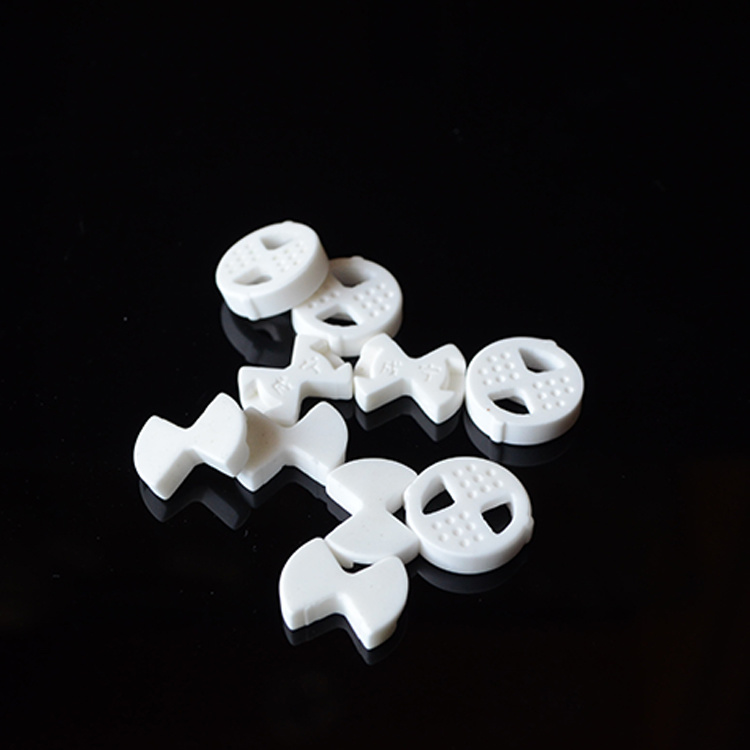
Unlocking the Benefits of Yellow Lead Oxide in Fire Assay Flux: A Comprehensive Guide
Time:
2025-07-04 17:40
Source:
Unlocking the Benefits of Yellow Lead Oxide in Fire Assay Flux
Table of Contents
- 1. Introduction to Yellow Lead Oxide
- 2. Key Properties of Yellow Lead Oxide
- 3. The Role of Yellow Lead Oxide in Fire Assay Flux
- 4. Benefits of Using Yellow Lead Oxide
- 5. Applications of Yellow Lead Oxide in Fire Assay
- 6. Safety Considerations When Using Yellow Lead Oxide
- 7. Future Trends in Fire Assay Flux with Yellow Lead Oxide
- 8. Frequently Asked Questions
- 9. Conclusion
1. Introduction to Yellow Lead Oxide
Yellow lead oxide, also known as lead oxide (PbO), is a vital component in the field of fire assay flux. This compound, characterized by its distinct yellow color, is imperative in various metallurgical processes, particularly in the analysis of precious metals such as gold and silver. Understanding yellow lead oxide's properties and functions can significantly enhance the effectiveness of fire assay methods, leading to more reliable and accurate results.
2. Key Properties of Yellow Lead Oxide
2.1 Chemical Composition
Yellow lead oxide is composed of lead and oxygen, with a molecular weight of approximately 223.2 g/mol. Its chemical formula, PbO, indicates the presence of lead in a monovalent oxidation state, which is crucial for its reactivity in fire assay applications.
2.2 Physical Characteristics
The compound exists as a bright yellow powder, often with a crystalline structure. It is soluble in acids and exhibits a high melting point, making it suitable for high-temperature applications.
3. The Role of Yellow Lead Oxide in Fire Assay Flux
Fire assay is a widely used analytical technique for determining the content of precious metals in ores. Yellow lead oxide serves multiple purposes in this process. It acts as a flux, facilitating the melting and separation of metals from their ores. By lowering the melting point of the materials involved, yellow lead oxide can efficiently assist in the extraction of valuable metals.
4. Benefits of Using Yellow Lead Oxide
4.1 Improved Efficiency in Assaying
The incorporation of yellow lead oxide into fire assay flux significantly enhances the efficiency of the assaying process. Its ability to reduce the melting point of the mixture allows for quicker and more effective separation of metals, thus shortening the overall assay time.
4.2 Enhanced Recovery Rates
Using yellow lead oxide in fire assay flux can lead to higher recovery rates of precious metals. The compound aids in the formation of a homogeneous melt, ensuring that the metals are fully extracted during the process.
4.3 Reduced Sampling Errors
Another critical advantage of yellow lead oxide is its contribution to minimizing sampling errors. The uniform melting and separation characteristics help ensure that metal content is accurately represented in the samples, leading to more reliable assay results.
5. Applications of Yellow Lead Oxide in Fire Assay
Yellow lead oxide finds a variety of applications within the realm of fire assay. Primarily, it is utilized in the analysis of ores and concentrates for precious metals. Moreover, it can be employed in other metallurgical processes requiring efficient metal extraction and analysis.
6. Safety Considerations When Using Yellow Lead Oxide
While yellow lead oxide offers numerous benefits, it is essential to handle this compound with care. Lead is a toxic substance, and prolonged exposure can lead to serious health issues. Therefore, it is crucial to follow safety protocols, including the use of personal protective equipment (PPE), proper ventilation, and adherence to regulatory guidelines.
7. Future Trends in Fire Assay Flux with Yellow Lead Oxide
As the field of metallurgy continues to evolve, the use of yellow lead oxide in fire assay flux is expected to adapt and innovate. Researchers are exploring new methods to enhance its efficiency and reduce toxicity, paving the way for safer and more effective assaying techniques.
8. Frequently Asked Questions
8.1 What makes yellow lead oxide a preferred choice for fire assay flux?
Yellow lead oxide is preferred due to its efficiency in lowering melting points and enhancing the recovery of precious metals.
8.2 Are there alternatives to yellow lead oxide in fire assay flux?
Yes, there are alternatives such as borax and litharge, but yellow lead oxide remains popular due to its unique properties.
8.3 How should yellow lead oxide be stored?
It should be stored in a cool, dry place, away from incompatible substances and direct sunlight.
8.4 What are the health risks associated with yellow lead oxide?
Prolonged exposure can lead to lead poisoning, resulting in various health concerns affecting the nervous system and other bodily functions.
8.5 Can yellow lead oxide be recycled after use?
Recycling yellow lead oxide from fire assay processes is possible and can help mitigate environmental impacts.
9. Conclusion
In conclusion, yellow lead oxide is an invaluable component of fire assay flux, significantly enhancing the efficiency, recovery rates, and accuracy of precious metal assays. While its benefits are substantial, it is crucial to prioritize safety and adopt responsible handling practices. As the industry moves forward, embracing innovations surrounding yellow lead oxide will continue to unlock new possibilities in fire assay techniques, ensuring that analytical processes remain reliable and effective.
yellow lead oxide pbo fire assay flux

